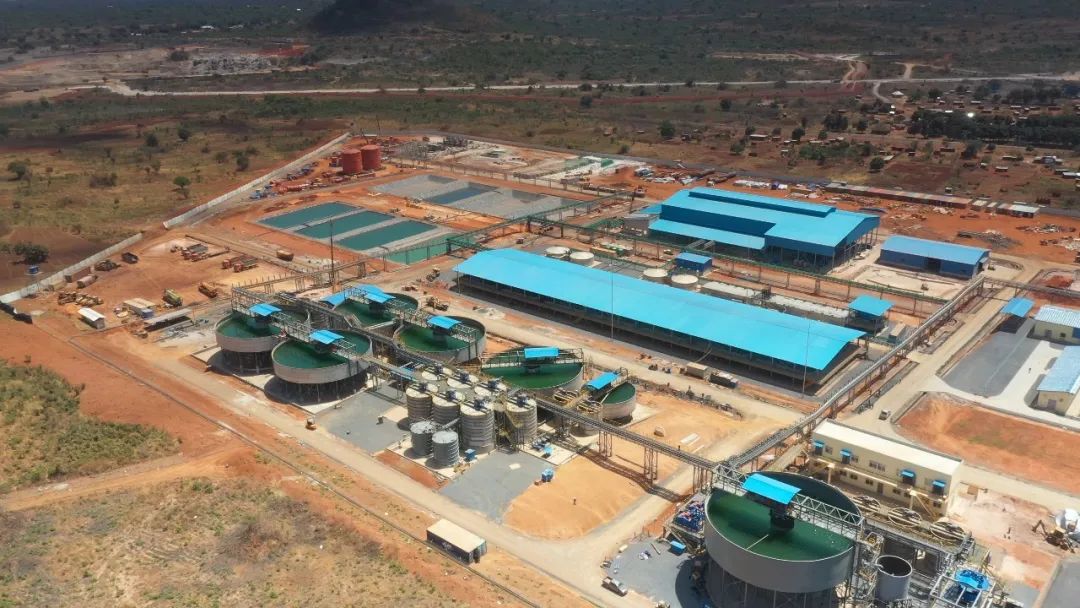Great Bay Area Cities Have Complementary Strengths
By CGCC Vision
The Guangdong-Hong Kong-Macao Great Bay Area is a city cluster made up of two special administrative regions, i.e. Hong Kong and Macao, and nine Guangdong Province cities, viz. Guangzhou, Shenzhen, Foshan, Dongguan, Huizhou, Zhongshan, Zhuhai, Jiangmen and Zhaoqing. At first glance, the concept is similar to the old Greater Pearl River Delta (GPRD)’s context of co-development. However, HSBC Asia-Pacific Advisor George Leung pointed out that integration was not one of the old GPRD’s attributes for cooperation. Its purpose was to promote the economic development of the entire region by comprehensively improving production efficiency through coordination between different economic models in various cities.
Set to be among world’s four major bay areas
“After more than a decade of development, the GPRD has accumulated solid strength to prompt the Central Government to decide on the idea of further integrating the region into a great bay area on the back of its existing development foundation.” Leung believes that the most important thing is building a sound transport network and establishing a sound ecosystem that will drive the cities in the region to make better use of their industrial strengths to integrate with each other in order to create greater synergies. The ultimate goal is to become one of the four major bay areas in the world with the New York Bay Area and the San Francisco Bay Area in the US and the Tokyo Bay Area in Japan.
In respect of transport network, Leung said that a dense transport system must be in place within the Great Bay Area to effectively link up different cities. At this stage, the Main Bridge project of the Hong Kong-Zhuhai-Macao Bridge is more than 90% completed and Hong Kong has signed a co-location deal with Guangdong for implementing a joint checkpoint at Hong Kong’s high-speed rail terminus. The transport network in the area, which has now begun to take shape, will help link up the entire industry cluster.
“In fact, the basic development factors in the Great Bay Area are almost complete. On the back of its population of over 60 million people, its residents’ rising spending power, as well as the significant strengths of its cities - e.g. Hong Kong is an international financial center, Shenzhen is an innovation and technology center, Guangzhou is a global trade center and Zhongshan is being developed into a world-class modern equipment manufacturing base - the Great Bay Area will further raise its level of market integration in the future to bring greater economic benefits to the entire region.”
Overcome challenges arising from differences in legal systems
Nevertheless, Leung believes that there are still challenges that must be overcome for Hong Kong to integrate into the Great Bay Area’s development and play a key role. Under the “one country, two systems” principle, Hong Kong’s legal and political systems are different from those of the Mainland cities; in this respect, it is not the same as the three major bay areas of New York, San Francisco and Tokyo. In view of possible future disputes with the nine Guangdong Province cities in corporate finance or other areas, there is the need for early discussions and consultations to determine the regulatory guidelines and legal system to be followed for dispute resolutions. Relevant successful experience can also be applied to different economic systems such as the free trade zones in the future.
Easy integration due to similar cultures
Leung said that Hong Kong can in the future make use of the Great Bay Area’s advantages to further enhance its competitiveness in global financial development. “Digital economy and fintech are the trends of today’s international financial cities. However, Hong Kong’s market has only a few million people. In the long run, it is difficult to support the expanding large-scale financial system to further improve fintech. The Great Bay Area, a huge region, offers such a desirable vast market. In addition, Guangdong has the same culture and language as Hong Kong, and it is a market Hong Kong is familiar with. Therefore, Hong Kong businesses can more easily integrate into the area, which may help accelerate the pace of development and achieve results. It may be more attractive than overseas cities along the Belt and Road.”
Leung stressed that as the traditional financial industries are now lagging behind, Hong Kong has to continue to be at the forefront of financial development. It must seize this important opportunity in the Great Bay Area and devote great efforts to develop fintech by complementing the strengths of other cities in the area to consolidate its status as an international financial center.
This article was first published in the magazine CGCC Vision December 2017 issue. Please click to read the full article.




